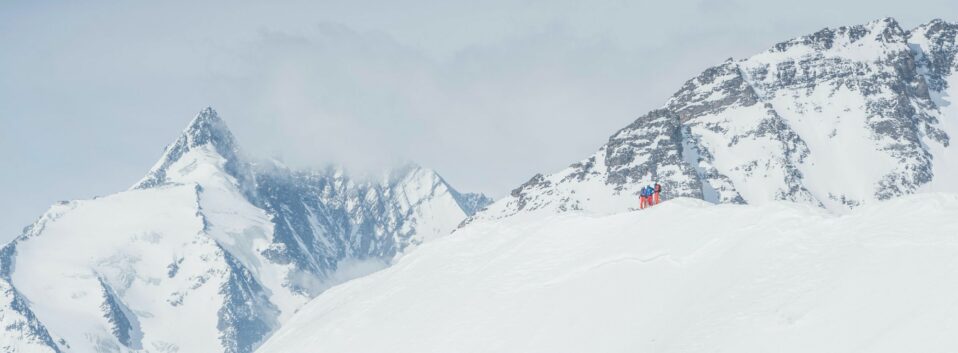Heiligenblut
If you're lucky, the weather will be not quite perfect as you reach Heiligenblut. Some chilling fog will be shrouding the valley, still to be burned off by the morning sun. You will feel you have entered a place of mystery. Then, as the fog swirls and eddies, you'll see the pencil slim spire of the 550-year-old village church piercing the mist and greeting the day.
You’ll have arrived at one of the most mystical and atmospheric of ski resorts – Heiligenblut, somewhat inaccessibly tucked away in a blind valley placed in the far north-western corner of Carinthia, in the heart of Austria’s Hohe Tauern National Park. It is a holy site steeped in both history and legend and for centuries a place of pilgrimage. The church holds a relic, allegedly a phial of Christ’s blood brought to the village more than a thousand years ago. The name of the town, set at 4,226ft (1,288m), means Holy Blood and pilgrims still come to worship.
Set in the shadow of the Grossglockner (3,798m), Heiligenblut is something of an Austrian Chamonix in that it has a definite mountaineers’ feel about it – it is a magnet for serious climbers as well as for skiers and boarders. The Grossglockner, which means Big Bell Ringer, was first conquered in 1800 and the peak consists of two pinnacles, the ‘Gross’ and ‘Klein’ Glockner. For climbers, the ascent is a two-day affair with an overnight stop in a refuge.
An enchanting village, which in medieval times made its fortune from gold mining, Heiligenblut is also the starting point for the famous Hochalpenstrasse, an engineering feat of a road that is a feast of hairpin bends zigzagging between Heiligenblut and Fusch. It was built between 1930 and 1935 and reaches a height of 2,572m. In summer it is one of Austria’s top tourist attractions and attracts more than 1.2 million visitors each year.
In winter, the Heligenblut Grossglockner ski area reaches up to nearly 3,000m with 1,700m of vertical elevation and offers 55km of slopes with splendid views including high-level cruising for intermediates, some challenging descents and a longest run of nearly 9km. There is easy access to the ski area via a two-stage gondola lift from the village, free parking at the middle station and a choice of 10 mountain restaurants. Families are well catered for by good ski schools and childcare for young children.
Accommodation in Heiligenblut includes good 4-star and 3-star hotels in the village and numerous bed-and-breakfast guesthouses and apartments. Apres-ski is limited in comparison to bigger and better-known resorts, but the village offers a good enough selection of bars, restaurants and cafes for an enjoyable evening and plenty of other activities on and off the slopes.
And, of course, a visit to the Gothic pilgrimage church of St Vincent, built between 1460 and 1491 and containing the famous drop of Christ’s blood brought in 914 from Constantinople by the Danish knight Briccius, is de rigeur. He was on his way back to Denmark when, near Heiligenblut, he was buried by an avalanche. His corpse was found when three ears of wheat grew from the blood he was carrying and broke through the snow. Sceptical? The atmosphere you experience in Heiligenblut will drive those thoughts away.
The nearest airport is Klagenfurt (162km/2 hours).















